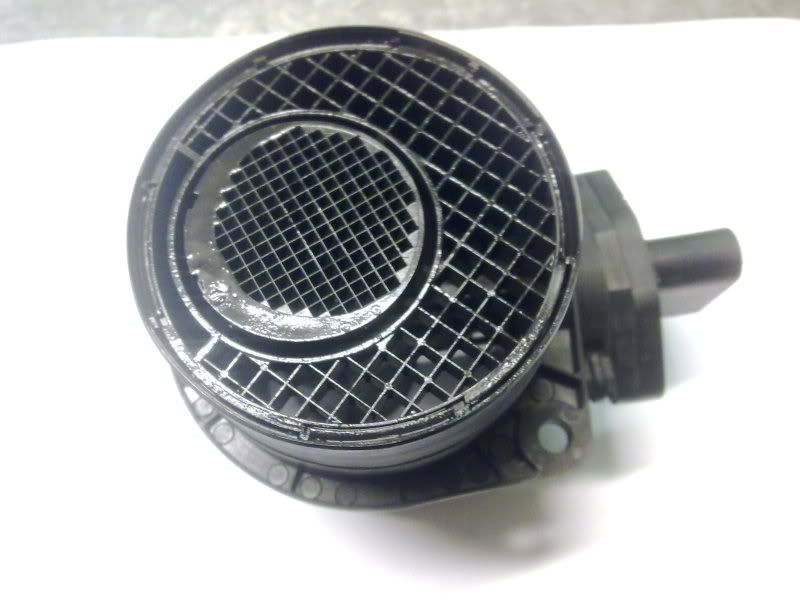Descreening The Maff
- Thread starter wild willy
- Start date
-
- Tags
- descreening maff
You are using an out of date browser. It may not display this or other websites correctly.
You should upgrade or use an alternative browser.
You should upgrade or use an alternative browser.
or an actual dyno -

Who would want to play on an actual dyno?
Hopefully my car can raise that by 10 then. Want to get a before run, before my diy chiptuning experiment.
Well having read this I am going to get spare maf housing and descreen it then do a before and after RR at AmD. I will report back with RR results.
I know its a deisel but heck principle is the same no?
did you gt anywhere with this after?
has anyone got a befor and after rr print out yet? as if this works it would be worth doing
would'nt bother mate my g/s figures dropped to 167 from 179, new maf and huge air filter now pulling in 184g/s
I think others have reported increases, but a back-to-back before/after RR is needed to validate any power differences
think its

in the pursuit of absolute airflow, don't lose sight of the purpose of the screen - it's there to spread the average airflow over the full area of the MAF tube so that the sensor portion in the centre will always be measuring an airflow value which assumes the whole tube is flowing evenly, this may be more significant at low flowrates, where otherwise the tube may not be flowing uniformly. Picture if you will the situation where the air may be flowing in an area of the tube not occupied by the hot film sensor in the centre, there is clearly airflow in the tube but the sensor would not "see" it, hence potentially producing fueling anomalies due to the non-uniform flow across the tube area.
as an example, welly previously had a smaller neck open cone filter on his, which had a reducer onto the maf.. this created a venturi into the maf, which "thought" it gained air, but all it got was a 'squirt' of air past the sensor which was accelerated past it by the reducer cone before the maf
I did on wellys. screened made more power, but read 10g/s less airflow
non-laminar flow across the sensor can make it believe theirs more air than there actually is...
its a temperature device across the metal film, so drafts to describe it crudely across the film element may not represent the actual airflow across the whole maf cross sectional area of the tube, which is why screens are there. Often you need x10 straight diameters of upstream flow to ensure non-turbulant flow by the measuring sensor.
non-laminar flow across the sensor can make it believe theirs more air than there actually is...
its a temperature device across the metal film, so drafts to describe it crudely across the film element may not represent the actual airflow across the whole maf cross sectional area of the tube, which is why screens are there. Often you need x10 straight diameters of upstream flow to ensure non-turbulant flow by the measuring sensor.
Similar threads
- Replies
- 4
- Views
- 2K
- Replies
- 30
- Views
- 6K
- Replies
- 54
- Views
- 13K



